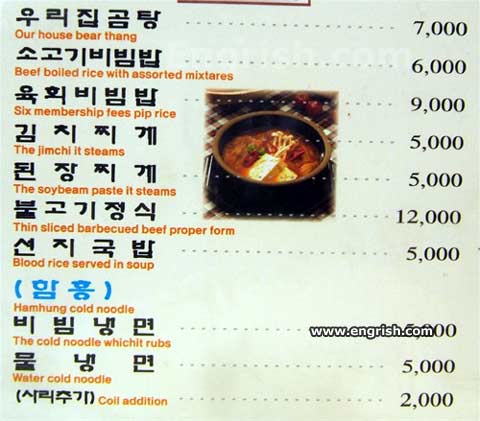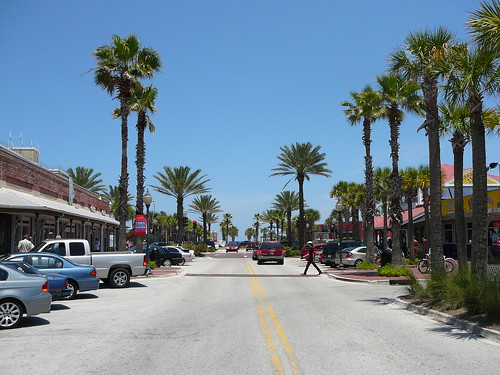The test was easy enough; though the time limit is 30 minutes, it didn't take me more than 10. I passed with a score of 80% (the passing mark is 60%, or 12 questions).
The hardest thing about the test was trying to interpret the English wording of each question. It had been translated quite confusingly from Korean, and at times it was hard to tell what the sentence was trying to convey - not unlike trying to decipher the "food" options on your average Korean menu.
Usually, though, it was easy enough to guess the correct answer by identifying a few key phrases in the options:
- "slow down"
- "drive carefully"
- "watch out"
- "be alert"
- "don't pay attention"
- "speed up"
- "keep driving at the same speed"
- "don't think about the child in the road"
Most of the questions consisted of a picture with 5 or 6 multiple choice options. I was instructed to choose the 2 best answers based, usually, on driving safely and what to watch out for in the accompanying scenario.
For example, given the following picture...
...you may be asked:
In this scenario, which are the safest ways to proceed? (Choose 2)
- Speed up to pass the pedestrian before she crosses the road.
- Be alert for parked cars backing out into the road.
- Honk your horn to make the pedestrian walk faster.
- Reduce your speed to give the pedestrian time to cross.
- Stop your car in the middle of the road and look for any other pedestrians or parked cars.
Another question was an animation of a car driving down a road, switching lanes, and turning left at a traffic light. Other cars would move around in the simulations and pedestrians would cross in front of you. The question asked me to identify the two most dangerous situations in the animation.
Though most were common sense, on a couple of questions I had to guess completely, since they covered things like fines or administrative stuff. I don't know how I scored on them - the test never gave me a breakdown of my results.
[If you still want to prepare for the test, check out this excellent Korean road guide prepared by the Osan US Air Force base.]
The hardest part of the whole day was actually FINDING the Driver's License Agency office. What should have been a simple 30-minute trip turned into 2 hours. The map that the agency provided on their website was mind-numbingly terrible. At one point I stopped at a government office to ask for directions. A helpful employee looked at the map quizzically for a few minutes, crossed it off, then turned the paper over and hand-drew his own map on the back that turned out to be impressively accurate.
If you're trying to find your own local DLA branch office, I suggest more reliable sources (Google maps, Daum maps, any bum on the street) for directions to get to your particular testing center.
 |
| the DLA's version |
 |
| Google maps: got it right. |
Safe driving!


They also sale a 12,000 won DVD in english, which is written and prepared well.
ReplyDeleteI guess the Koreans take more than 20?'s
another extremely helpful post. thanks again!
ReplyDeleteI expect that for the eye test you had to read out some numbers/letters/symbols. Did they test both eyes separately?
ReplyDeletehmm i don't remember exactly what they did for the eye test, except that it was pretty much a joke. they just want to make sure that you don't need a seeing eye dog, i suppose.
ReplyDeleteThis comment has been removed by a blog administrator.
ReplyDeleteneed big help.....
ReplyDeletewhere can i get driving test Questions in English?
Hi feroz, I'm not sure what you mean. Do you want a copy of English questions in order to study? If so, check out the link I included in the post above, to the Osan Air Force's guide to driving in Korea.
ReplyDeleteThe licensing office will offer the test in English. They'll pretty much assume that is what you require when a foreigner applies.
Thanks for writing this post! I went to the one in Gangnam for an English written test prep book but they only sold dvds for 7. I'm going to check out the link you provided to help study for the written test!
ReplyDelete